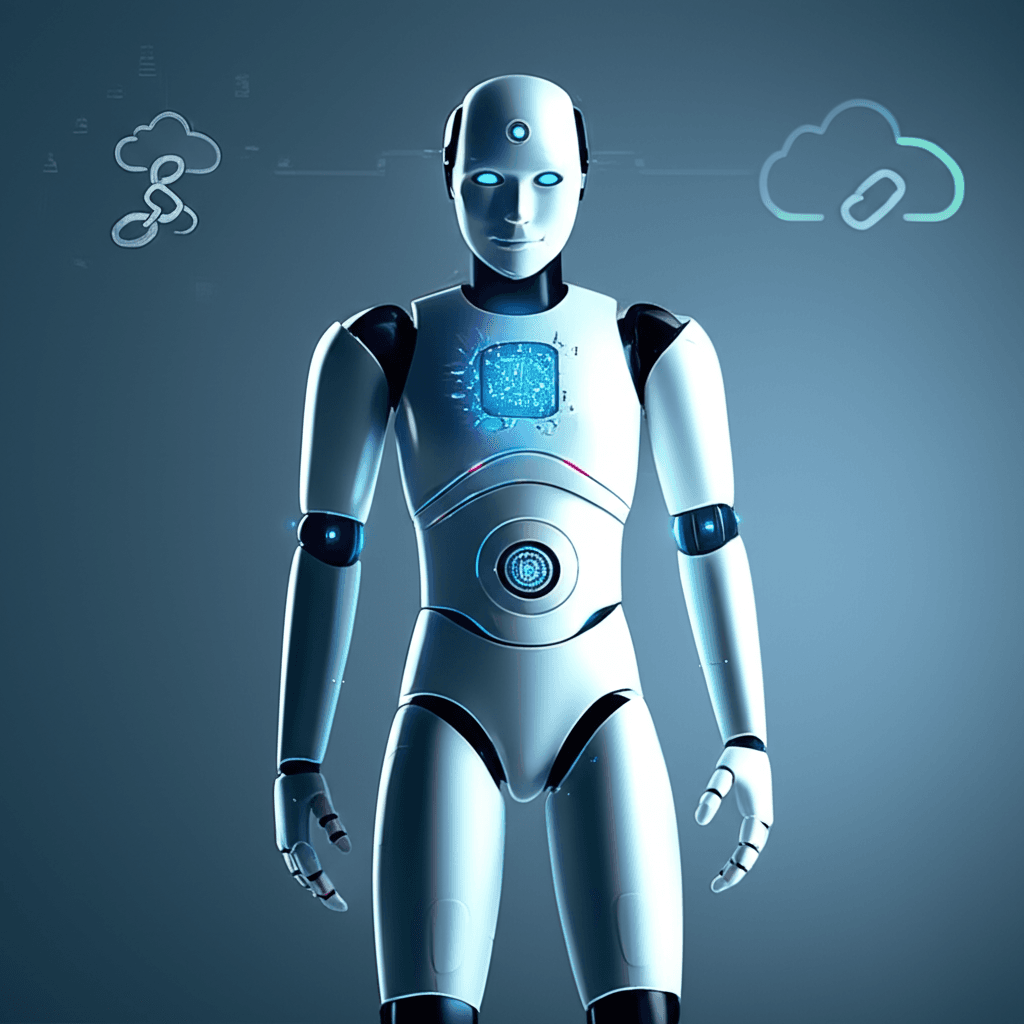DeepMind's AI Breakthrough: Robots Gain True Autonomy with On-Device Brains
DeepMind's new on-device AI untethers robots from the cloud, unlocking unprecedented autonomy, speed, and privacy for real-world tasks.
June 27, 2025

Google's artificial intelligence division, DeepMind, has unveiled a significant advancement in robotics that promises to untether intelligent machines from the cloud. The company has developed a new iteration of its Gemini Robotics AI model, called Gemini Robotics On-Device, which is compact and efficient enough to run directly on a robot's own hardware.[1][2] This breakthrough eliminates the need for a constant internet connection, enabling robots to perform novel and complex tasks with lower latency and greater autonomy, a pivotal step toward creating truly independent and reliable machines.[3][4] The new on-device model represents a major leap forward from previous systems that relied on cloud-based processing, opening up a host of new applications in environments where connectivity is limited, unreliable, or non-existent.[2][4][5]
The core innovation behind this development is the creation of a vision-language-action (VLA) model that is powerful yet streamlined.[1] Building on the foundations of the earlier Gemini Robotics models, which demonstrated impressive multimodal reasoning across text, images, and video, this new version has been optimized for local execution.[6][2] This means the entire process of perceiving the environment, understanding natural language commands, and dictating the robot's physical actions happens directly on the machine itself.[3][7] The result is a significant reduction in response time, which is critical for tasks requiring precision and quick reactions.[8] Furthermore, processing data locally enhances privacy and security, as sensitive information does not need to be transmitted to external servers, a crucial consideration for applications in sectors like healthcare.[1][9][10]
Demonstrations have showcased the practical capabilities of robots equipped with the Gemini Robotics On-Device model. These machines have successfully performed a range of intricate tasks, such as folding clothes, pouring liquids, unzipping bags, and even tying shoelaces, often with objects they have never encountered before.[1][2][9] A key feature is the model's adaptability; it has proven effective across different types of robotic hardware, from Google's own dual-arm ALOHA devices to more complex systems like Apptronik's Apollo humanoid robot and the Franka FR3 bi-arm robot.[7][4][8] This flexibility is crucial for wider adoption. The model also exhibits impressive learning efficiency, capable of acquiring new skills from a small number of demonstrations, sometimes as few as 50 to 100 examples.[7][2][5] This rapid learning ability, combined with the option for developers to fine-tune the model for specific tasks using a new SDK and a physics simulator, dramatically lowers the barrier for creating customized robotic solutions.[3][2]
The implications of truly autonomous, offline robots are vast and poised to disrupt numerous industries. In manufacturing and logistics, these robots could revolutionize production lines and warehouse operations, adapting on the fly to new products and workflows without the need for extensive reprogramming or reliance on a stable internet connection.[1][11] The technology opens up possibilities for robotic applications in remote or challenging environments, such as in space exploration, deep-sea maintenance, or disaster response zones where communication infrastructure is often damaged or unavailable.[1][5] In healthcare, the enhanced privacy of on-device processing could accelerate the adoption of robotic assistants in hospitals for tasks ranging from sensitive procedures to eldercare, ensuring patient data remains secure.[1][9] This move by Google DeepMind solidifies its position at the forefront of AI-driven robotics, pushing the industry closer to a future where intelligent machines can operate safely and effectively in the complex, messy reality of the physical world.[2][12]
In conclusion, the development of an AI model that allows sophisticated robots to function without an internet connection is a landmark achievement. By embedding the "brain" of the robot directly onto its hardware, Google DeepMind has addressed critical challenges of latency, reliability, and security that have long hindered the widespread deployment of autonomous systems.[3][9] While the on-device model is described as a "starter model" and is not as powerful as its larger, cloud-based counterparts, its performance is surprisingly strong and its potential is immense.[7][4] As this technology matures and becomes more accessible, it will undoubtedly accelerate innovation across the robotics landscape, bringing the prospect of helpful, adaptable robot companions and workers out of the realm of science fiction and into our homes, factories, and beyond, regardless of Wi-Fi availability.[7][9]